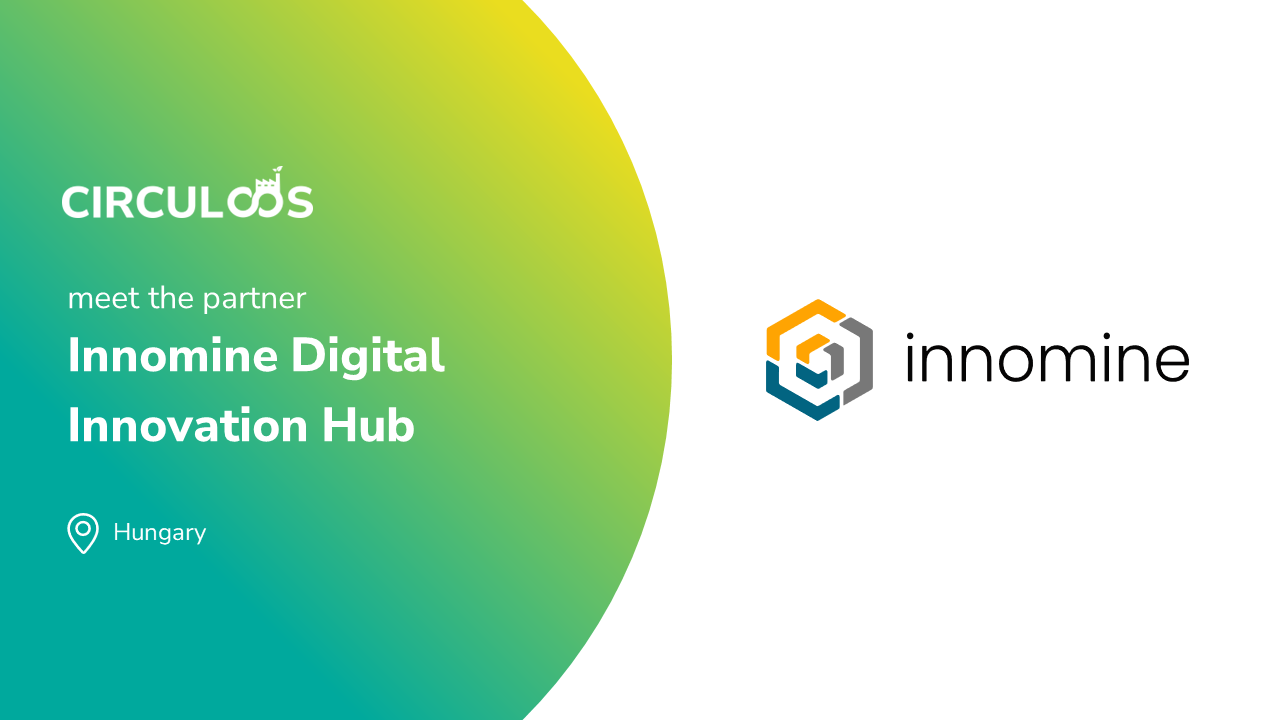We at innomine focus mainly on manufacturing SMEs especially in the automotive and machinery sector. Our project track record boasts cooperation with international partners with a wide network of both manufacturing companies, research organizations and specialized experts. We have means to access them, and already surveyed their needs in becoming more effective within their everyday practices (like reduce scrap rate, decrease maintenance cost, improve planning and cost control etc.) and how to manage digital transformation.
Can you explain how Innomine’s extensive experience in digital and green transformation uniquely positions you to lead the “Requirements, User Stories and Architecture” work package for the CIRCULOOS project?
Innomine DIH during its 15 years of operation has managed a wide range of digital and green projects, connected with hundreds of companies from all sides of the quadruple helix. This experience in collaboration and innovation provided Innomine with the understanding of the user’s side and needs, and the ability to see the great picture, while translating the user needs to the language of technical partners. This role is important to identify the potential of CIRCULOOS’s use cases, understand, document and mediate the results to the technical development team to match the solution with the end-user needs.
Given your strong links with the local ecosystem, how does Innomine plan to leverage these connections to ensure that the scenarios and requirements defined in WP2 align with the needs and aspirations of the circular manufacturing stakeholders?
Innomine DIH is able to reach stakeholders in the industry, academia, government and social side. We are participants in the regional AI EDIH, where we are able to reach other DIHs and use these connections as multiplicators. We have strong connections to manufacturing clusters and alliances, where we are able to directly distribute information and gain feedback from the end-users and practitioners. These connections provide us with up-to-date information on the needs and aspirations of the circular manufacturing stakeholders and how other players answer these, as a benchmark.
Can you provide insights into how Innomine envisions collaborating with other partners to create a modern reference architecture for circular applications accommodating innovative business models?
Innomine DIH is managing a close collaboration with the technical and use-case partners of the project, to create the reference architecture. Aspects like reusability, modularity, portability and scalability will be driving the design process, always considering security and privacy preserving aspects. Existing reference & standard architectures (RAMI 4.0, FIWARE IoT platform, etc.) will be considered, with their strengths and weaknesses.
What potential challenges do you foresee in defining detailed scenarios for circular applications, and how do you intend to overcome these challenges to achieve the project’s objectives?
Defining scenarios and requirements involving all the possible breakthrough capabilities is challenging in a way that the developed solutions should not be tailor-made for the exact problems that we cover in the project, but these solutions should serve other stakeholders who have similar context and problems, even after the project’s lifetime. This standardization requires thorough planning and prioritizing the long-term goals and visions of the project.
What is your future vision of the project?
We would like to discover new technologies and solutions to widen our knowledge, extend our network with other circularity players in Europe to build partnerships, and disseminate the developed solutions along with RAMP marketplace to support the long-term exploitation of the project results.


